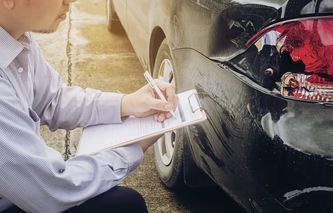Fundamental Insurance Guides

To many families, a pet can bring love, companionship, and security to a home. With this relationship comes a responsibility on behalf of the owner to provide for their pet's proper veterinary care; whether it's a routine checkup or an emergency. Purchasing a pet insurance policy can oftentimes help ease that financial burden.

Back in 1998, the Patient’s Bill of Rights established an office of the Insurance Ombudsman in each state across America. The provisions of that Bill were to apply to all health care plans. The Bill included provisions such as access to care, monitoring the quality of care offered, protection of patient information, and a process for grievances and appeals.





